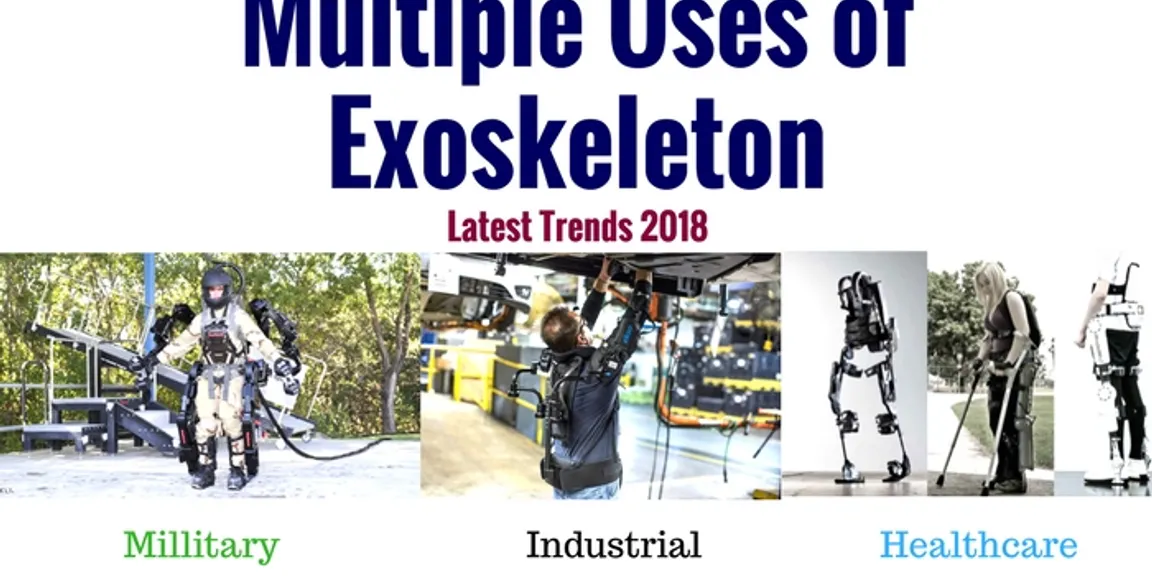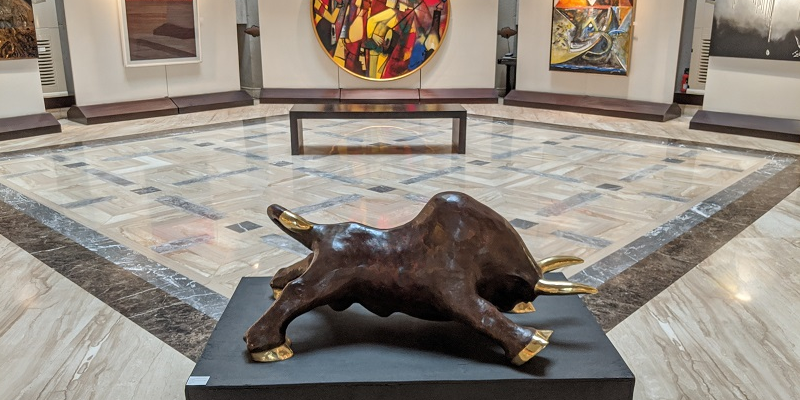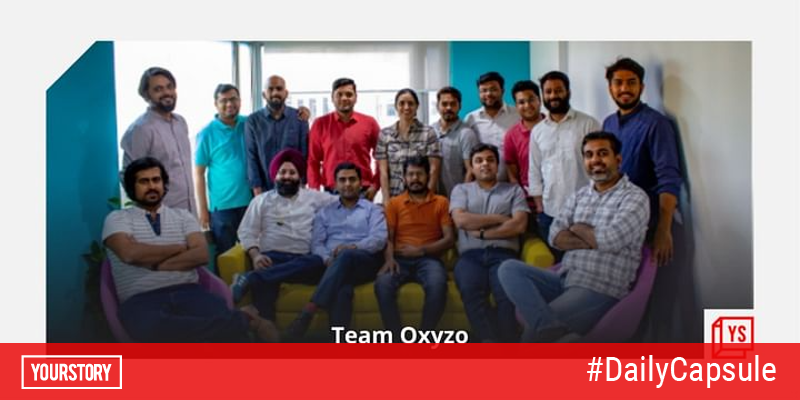

Exoskeleton Market - Growing Demand from Healthcare Sector for Robotic Rehabilitation driving the growth of Market.
The exoskeleton market is expected to grow from USD 299.8 Million in 2017 to USD 2,810.5 Million by 2023, at a CAGR of 45.2% between 2017 and 2023.
MarketsandMarkets published new report on "Exoskeleton Market by Component (Hardware and Software), Type (Powered and Passive), Mobility (Stationary and Mobile), Body Part (Lower, Upper, and Full Body), Vertical (Healthcare, Defense, and Industrial), and Geography - Global Forecast to 2023", the exoskeleton market is expected to grow from USD 299.8 Million in 2017 to USD 2,810.5 Million by 2023, at a CAGR of 45.2% between 2017 and 2023.
Key Market Dynamics which driving the growth
1 Drivers
1.1 Growing Demand from Healthcare Sector for Robotic Rehabilitation
1.2 Advancement in Robotic Technologies
1.3 Huge Investment for the Development of the Exoskeleton Technology
2 Restraints
2.1 Stringent Government Regulations Pertaining to Medical Applications
3 Opportunities
3.1 Increasing Adoption of Human Augmentation in Industrial and Military Sectors
3.2 Introduction of Soft Actuators
3.3 Adoption of the Technology by Insurance Companies in Their Plans
4 Challenges
4.1 High Equipment Cost
Exoskeleton market for software to grow at a higher CAGR during the forecast period
Powered exoskeleton held a larger share of the exoskeleton market in 2016
Exoskeleton market for mobile exoskeleton to grow at a higher CAGR during the forecast period
Americas is the major consumer of exoskeletons
The Americas accounted for the largest share of the overall exoskeleton market in 2016. The Americas, being the early adopter of exoskeletons for all major verticals such as healthcare, industrial, and defense and a home to some well-known players in the exoskeleton market, has the maximum demand for exoskeletons.
The report profiles the most promising players in the market.
The competitive landscape of the market is highly dynamic because of the presence of a significant number of big and small players. The key players in the market are Bionik Laboratories (Canada), B-Temia (Canada), CYBERDYNE (Japan), Ekso Bionics (US), Focal Meditech (Netherlands), DIH Technologies (China), Hyundai Motor (South Korea), Lockheed Martin (US), Meditouch (Israel), Ottobock (Germany), ReWalk Robotics (Israel), Exhauss (France), Fourier Intelligence (China), GOGOA Mobility Robots (Spain), P&S Mechanics (South Korea), suitX (US), ATOUN (Japan), Daiya Industry Co. (Japan), Honda Motor (Japan), MITSUBISHI HEAVY INDUSTRIES (Japan), PARKER HANNIFIN (US), Rex Bionics (New Zealand), Gobio Robot (France), Myomo (US), and Wandercraft (France).
Ottobock (Germany) and DIH Technologies (China) are the Most Players in the Exoskeleton Market
The market is largely dominated by the companies in APAC, followed by those in Europe and the US. While the big players dominate the market through their brand image, the small players offer low-cost components and generate pricing pressure in the market. As of 2016, the exoskeleton market was dominated by Bionik Laboratories (Canada), B-Temia (Canada), CYBERDYNE (Japan), Ekso Bionics (US), Focal Meditech (Netherlands), DIH Technologies (China), Hyundai Motor (South Korea), Lockheed Martin (US), Meditouch (Israel), Ottobock (Germany), ReWalk Robotics (Israel), Exhauss (France), Fourier Intelligence (China), GOGOA Mobility Robots (Spain), P&S Mechanics (South Korea), suitX (US), ATOUN (Japan), Daiya Industry Co. (Japan), Honda Motor (Japan), MITSUBISHI HEAVY INDUSTRIES (Japan), PARKER HANNIFIN (US), Rex Bionics (New Zealand), Gobio Robot (France), Myomo (US), and Wandercraft (France), among many others.
Ottobock
Ottobock is engaged in developing the mobility option for people with disabilities. The company is a major revenue generator of the Ottobock Group/Holding and operates its business through 4 business units: Prosthetics, Orthotics, Mobility Solutions, and MedicalCare. The prosthetics business unit provides lower limb prosthetics and upper limb prosthetics. The lower limb prosthetics includes C-Leg above knee prosthetic leg, X3 waterproof prosthetic, harmony-a below knee prosthetic, above knee waterproof prosthetic knees, and above-knee and below-knee fitness prosthetics.
Ottobock was founded in 1919 in Berlin, Germany, and currently, it has its headquarters in Duderstadt, Germany. Ottobock Holding operates its business in more than 50 countries all over the world and runs a group of companies as well. Also, the company focuses on inorganic growth strategies in the recent years. For instance, in March 2017, Ottobock acquired BionX Medical Technologies (US), a manufacturer of active prosthetic foot and ankle solutions.
DIH Technologies
DIH Technologies is a healthcare technology company that engages in developing robotics and intelligent systems for rehabilitation and sports medicine, and intelligent medication and supply. The company was founded in 2009 and is headquartered in Beijing, China. It has offices in Amsterdam, Seoul, Hong Kong, and California. The company operates its business by offering i-Rehab solutions that include orthopedic, cardiorespiratory, and neural rehabilitation solutions and products, and i-Pharm solutions that include outpatient, central, and inpatient pharmacy solutions.
DIH Technologies offers robotics for upper and lower extremities, wherein it includes ArmeoPower, ReoGo, Amadeo, Diego, ArmeoSprings, LokomatPro, ReoAmbulator, and Erigo exoskeletons. Also, the company adopted inorganic growth strategies in the recent years. For instance, in September 2016, DIH Technologies acquired Hocoma (Switzerland), one of the leading players in providing robotics and sensor-based rehabilitation solutions.







